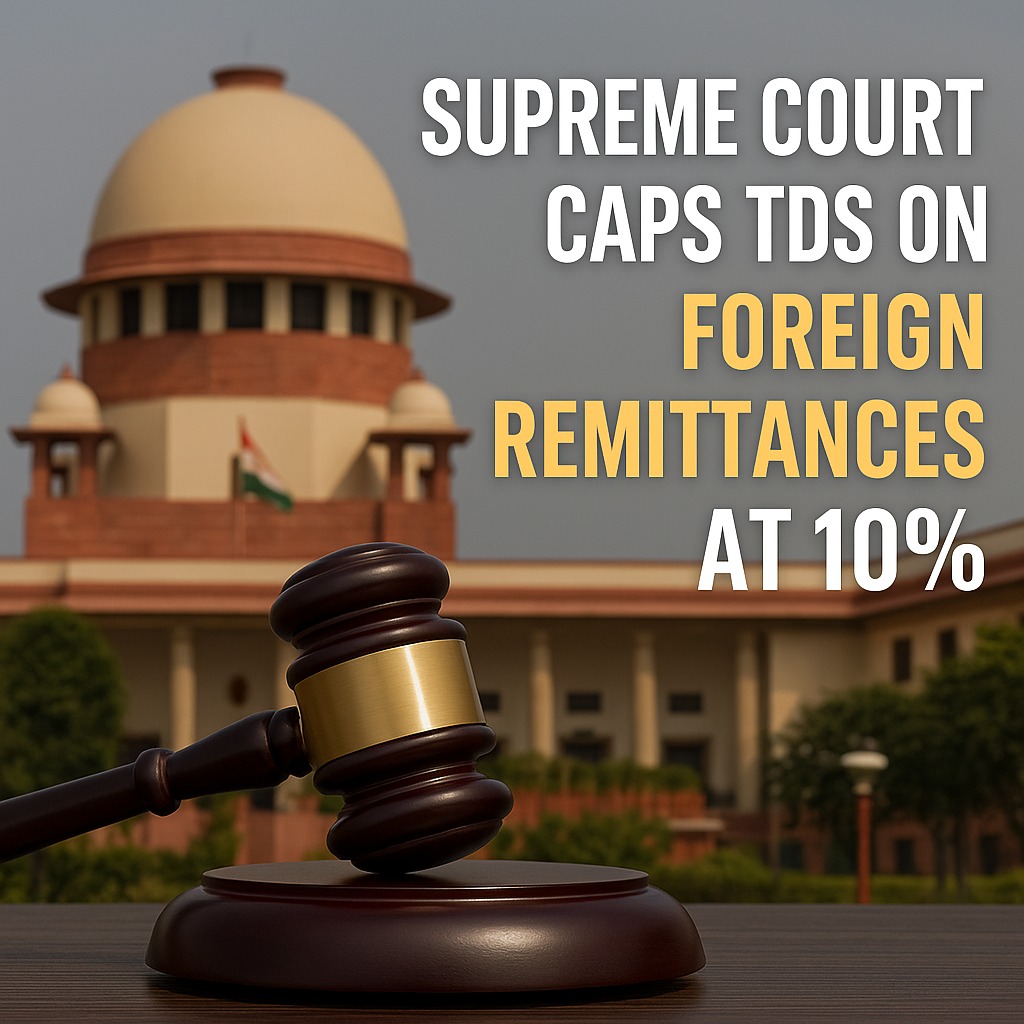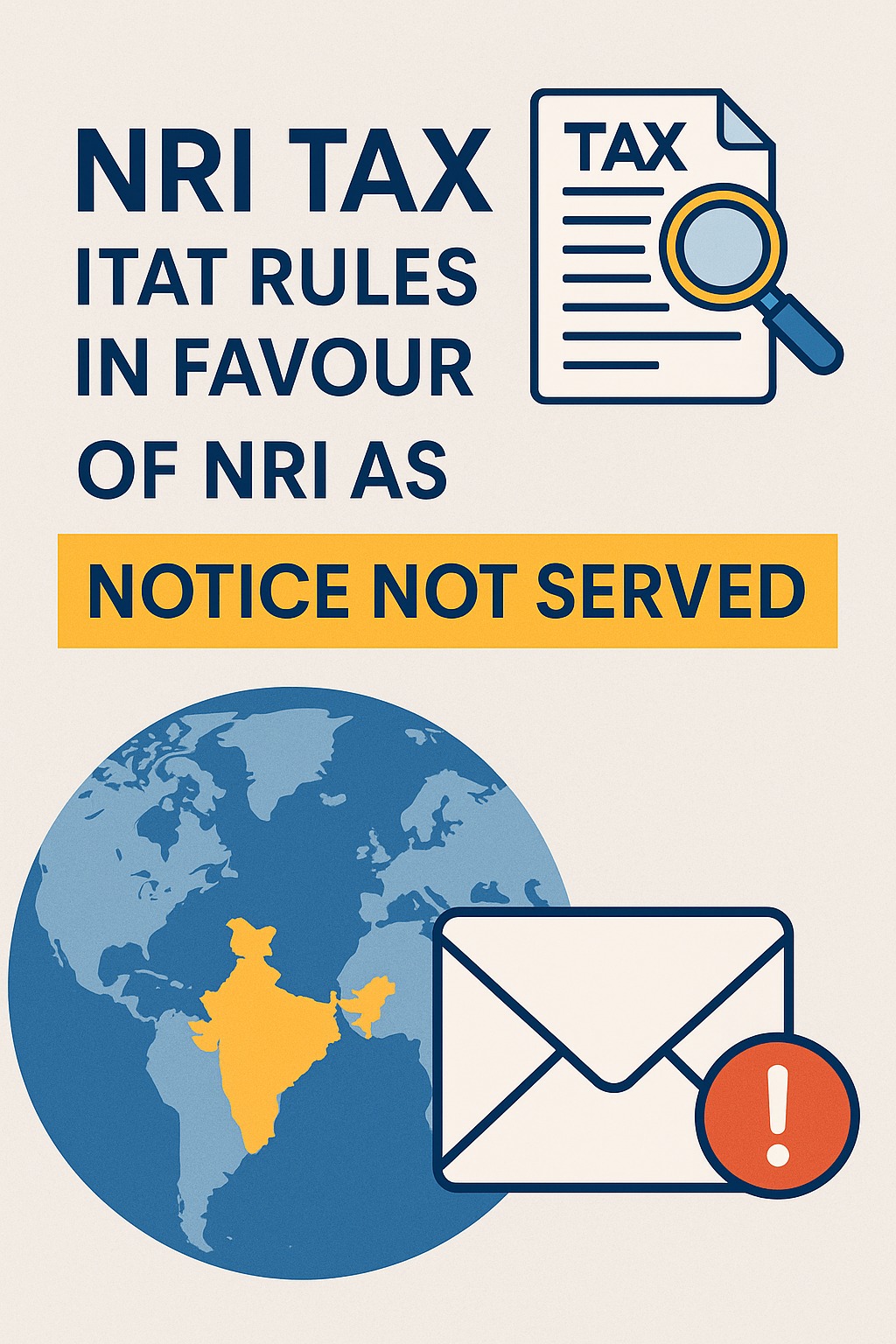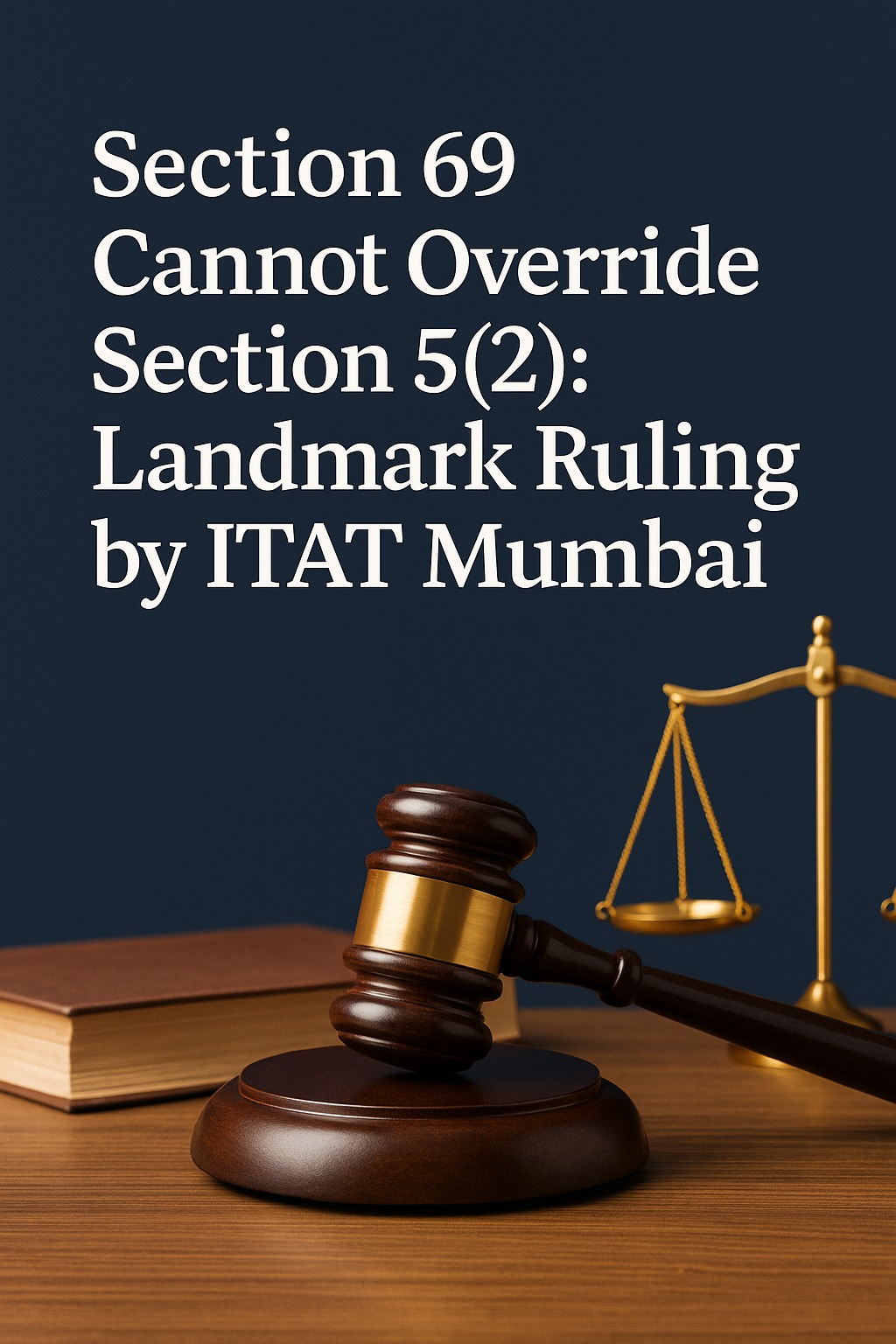 WhatsApp
WhatsApp
 Call Us
Call Us
 Email Us
Email Us
 Whatsapp Community
Whatsapp Community

In a major update for the Indian diaspora, former US President Donald Trump has rolled out the One Big, Beautiful Bill—a broad legislative package targeting trade, immigration, and global money transfers. One of its headline provisions is a 3.5% excise tax on foreign remittances by non-citizens, including green card holders and H1B visa holders. This new proposal replaces the earlier 5% remittance tax suggestion, offering a marginal relief but still signaling significant implications for Non-Resident Indians (NRIs) sending money to India.
As per the proposed law, non-US citizens (green card holders, H1B/L1 visa holders, students, etc.) will be subject to a 3.5% tax on any money remitted abroad. This tax applies to money sent from the USA to India or any other country, and is referred to as an excise tax on remittances.
US citizens and nationals are exempt and can potentially claim a refund or credit during tax filing—if using certified remittance providers.
This updated rate is a rollback from the earlier proposed 5% remittance tax, but the cost impact remains significant for frequent senders.
India received approximately $129 billion in inward remittances in 2024, of which $32 billion (28%) came from the US alone. That makes the US a critical remittance source country for India.
According to the Migration Policy Institute, there are around 2.9 million Indian immigrants in the US. A large percentage of them regularly send money to India to support families, pay tuition, or invest.
With the proposed 3.5% remittance tax:
The proposal also mandates increased compliance and monitoring:
This tax may discourage NRIs from investing in India due to reduced remittance flows and added tax complexity.
Premium real estate, Indian stock markets, and NRE fixed deposits—which typically benefit from NRI inflows—may see a slowdown in demand.
Experts suggest that some NRIs may shift their investment focus to US-based assets to avoid the new remittance levy and avoid complex refund mechanisms.
Although the 3.5% NRI remittance tax is still in proposal stage, it marks a clear shift in US policy toward taxing outbound money transfers by non-citizens.
Key Takeaway: If passed into law, this could permanently change the way NRIs plan remittances, support families in India, and invest in Indian markets.
Stay proactive and informed. Work with professionals who understand the tax systems of both countries.
Dinesh Aarjav & Associates offers specialized support in NRI advisory services, remittance planning, and cross-border compliance.
Contact our NRI Experts today for a free consultation and get clarity on how to handle the 3.5% US remittance tax in 2025 and beyond.







Stay in the loop, subscribe to our newsletter and unlock a world of exclusive updates, insights, and offers delivered straight to your inbox.